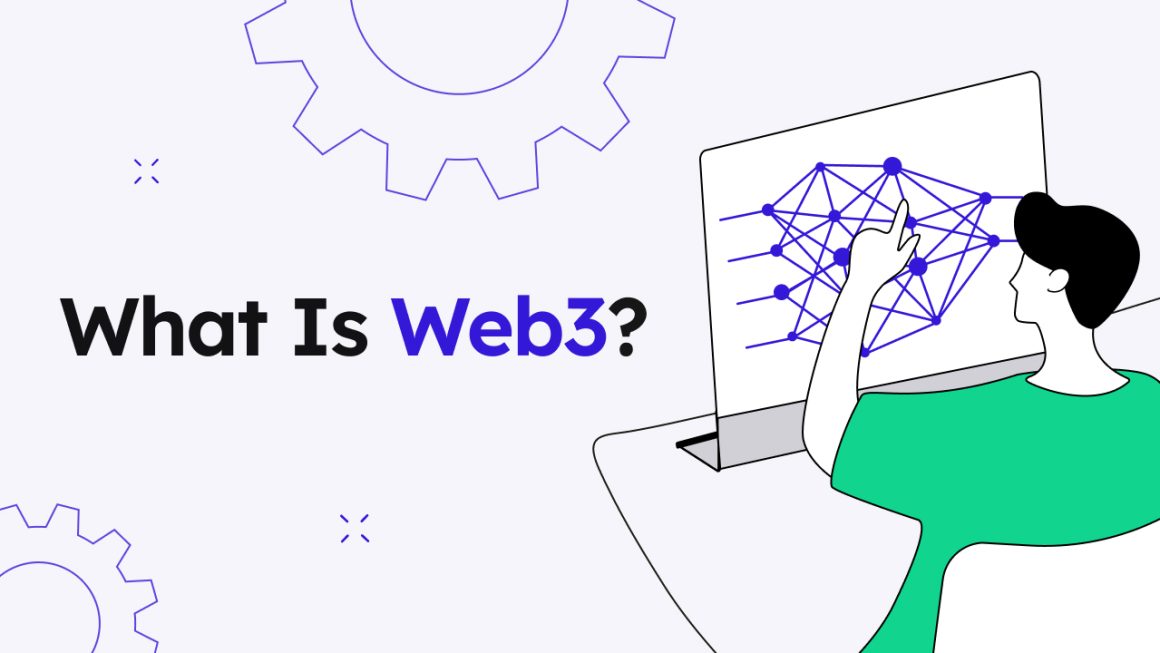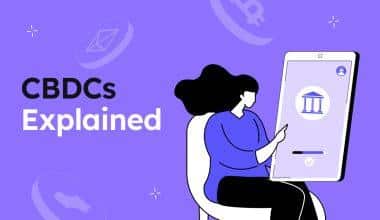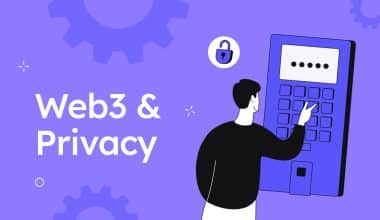The internet has come a long way since its inception. The first version, Web 1.0, was a static collection of HTML pages. Web 2.0 brought about user-generated content, social media, and interactivity. Now, we’re on the brink of a new era with Web3.
But what is Web3? What does it aim to solve? And what does it mean for individuals? In this article, we’ll answer these questions and more.
What is Web3
Web3 is short for “Web 3.0,” the next stage in the evolution of the internet. It’s often referred to as the “decentralized web” because it’s built on decentralized technologies like blockchain and peer-to-peer networks.
Unlike Web 2.0, where most of the power is centralized in a few large companies, Web3 aims to create a more open, transparent, and user-centric internet.
In Web3, users have more control over their data and digital identities. They can interact with decentralized applications (dApps) without the need for intermediaries like social media platforms or online marketplaces. Transactions are peer-to-peer and don’t require a trusted third party to facilitate them. The decentralized nature of Web3 also makes it more resilient to censorship and manipulation.
What does Web3 aim to solve
Web3 aims to solve some of the most pressing issues with the current internet infrastructure. These include the following.
Data privacy and security
In Web2, users must entrust their personal data to centralized companies like Google, Facebook, or Amazon. These companies then use that data to create targeted ads or sell it to third parties.
As opposed to centralization, Web3 has the potential to significantly enhance privacy by enabling individuals to have greater control over their personal data. Decentralized systems allow for the development of privacy-preserving applications that do not rely on centralized servers or intermediaries.
This can reduce the risk of data breaches and give individuals more control over who has access to their personal data. Additionally, Web3 can enable the development of secure and private digital identity systems that are owned and controlled by those very same individuals, rather than centralized authorities, further enhancing privacy and reducing the risk of identity theft.
Read more: How to stay safe in crypto.
Interoperability
Web2 has led to the creation of countless siloed platforms and applications that don’t communicate with each other. This leads to fragmented experiences and walled gardens that prevent innovation.
Web3 aims to create a more interconnected internet, where different dApps can seamlessly communicate with each other, enabling more complex use cases and collaborations. Users will no longer be limited to one platform, no matter what it is, by accounts, paywalls, or various other forms of gatekeeping.
Web3 aims to be open, and this will make it highly fluid – users will be able to jump from one application or platform to another, without sacrificing functionality or progress.
Censorship and manipulation
Web2 platforms can be manipulated or censored by centralized authorities or governments, and, well, we’ve never really known anything different than that. This can lead to a lack of trust and transparency in the information users receive.
Web3 aims to create a more censorship-resistant internet, where information is distributed across a decentralized network, making it harder to manipulate or censor. This has the potential to completely change how information is created, shared, and what we do with it. A self-governing system of individual entities, as opposed to one centralized entity that controls the flow of things, is a concept straight out of science-fiction. And yet, it’s not – we’re living it.
What does Web3 mean for individuals
Web3 has the potential to radically transform the way we interact with the internet. Here are some of the ways it could impact individuals:
A user-centric experience
With Web3, users have more control over their data and digital identities. This could lead to a more personalized and user-centric internet experience.
Users could choose which dApps to use and which data to share, creating a more tailored experience.
Economic opportunities
Web3 is built on decentralized technologies like blockchain, which opens up new economic opportunities. Users can earn cryptocurrency by participating in decentralized networks or providing computing power. This could create new revenue streams and economic incentives for individuals.
Web3 also allows the creation of decentralized finance (DeFi) applications that can democratize access to financial services and reduce reliance on traditional financial institutions. With DeFi, users can lend, borrow, trade, and invest in cryptocurrencies without intermediaries.
DeFi can also reduce the risk of financial crises caused by centralized financial systems by decentralizing financial infrastructure. This can create a more stable financial system that is less vulnerable to single points of failure.
Imagine a world without banks?
Decentralized communication
By using a decentralized messaging application, users can communicate directly with each other, without the need for intermediaries, making it more difficult for third parties to access their messages. This has not been possible until the emergence of Web3.
In a decentralized messaging application, the messages are encrypted and only visible to the sender and the recipient, ensuring that the content of the messages remains private and secure. Additionally, because decentralized messaging applications use P2P networks, there is no central server that could be compromised, reducing the risk of data breaches.
Decentralized file storage
Cloud technology is a great thing, but it does not belong to you. You basically rent it from Google, Amazon, or another corporation. With decentralized file storage, the files are encrypted and only visible to the users who have access to them, ensuring that the content of the files remains private and secure – as it should be. You don’t share the contents of your living room drawers with your boss or your TV manufacturer, right?
Decentralized governance
Web3 enables decentralized governance, where decision-making is distributed across a network of stakeholders. This could lead to more democratic and transparent decision-making processes. Users could have a say in how dApps are governed and how the network operates.
This list is by no means exhaustive, but we will explore additional opportunities where Web3 could really shine in more articles.
Conclusion
Web3 is the next evolution of the internet, built on decentralized technologies like blockchain and peer-to-peer networks. It aims to create a more open, transparent, and user-centric internet. With Web3, users have more control over their data and digital identities, leading to a more personalized and tailored internet experience.
Additionally, Web3 creates new economic opportunities by enabling users to earn cryptocurrency through participating in decentralized networks. It also creates a more decentralized governance structure where decision-making is distributed across a network of stakeholders.
Web3 is still in its early stages, but it’s gaining momentum rapidly. There are numerous Web3 applications and platforms being developed, including decentralized finance (DeFi) platforms, decentralized social media platforms, and decentralized marketplaces. As more people adopt Web3 technologies, we can expect to see a more decentralized and resilient internet infrastructure.
Keep reading, keep learning – explore more of our resources below.



